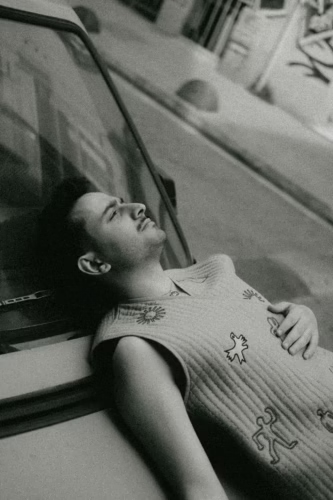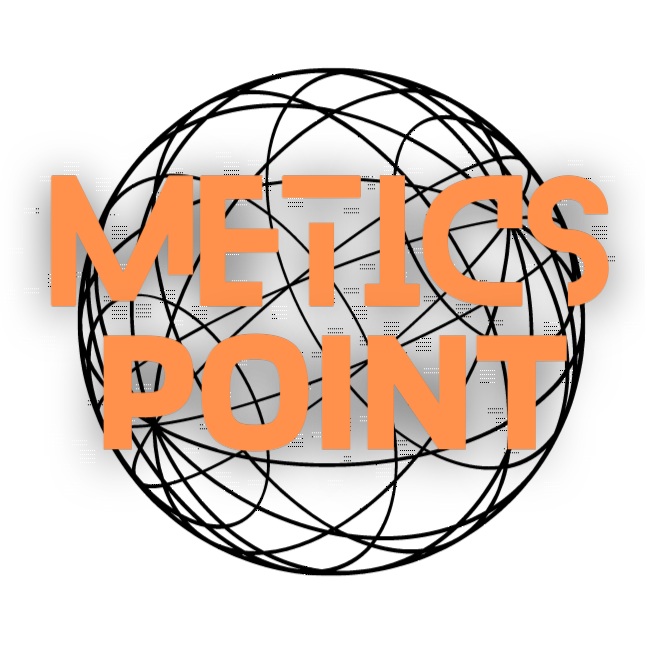First-Time NFT Art Purchases: Have you ever wondered how to make your first NFT art purchase without losing your footing? Navigating the realm of digital art—and specifically NFTs—can be daunting for first-time buyers. The meteoric rise of NFTs (Non-Fungible Tokens) has transformed the art market, turning what was once an obscure technology into a household name. However, like any investment, diving into NFT art without a plan can lead to unforeseen pitfalls.

Table of Contents
Understanding the NFT Phenomenon
NFTs have garnered significant attention for revolutionizing how art is bought, sold, and owned. Unlike traditional art forms, NFTs offer verifiable uniqueness and ownership through blockchain technology. As this art form continues to evolve, understanding its basics can help you make informed decisions.
What is an NFT?
NFT stands for Non-Fungible Token, a digital asset representing ownership of unique items or content, primarily stored on a blockchain. Unlike cryptocurrencies like Bitcoin or Ether, NFTs are unique and can’t be exchanged like-for-like. They range from digital art, videos, music, and even virtual real estate.
The Emergence of NFT Art
The concept of NFT art gained traction with the introduction of digital marketplaces that allowed artists to mint their creations as NFTs. This innovation provided artists with a new revenue stream and democratized the art world’s traditional hierarchy. Platforms such as OpenSea and Rarible have become significant players in this ecosystem, facilitating the buying and selling of digital art.
Key Concepts for First-Time NFT Buyers
Before diving into your first NFT purchase, it is crucial to grasp the essential components involved in acquiring NFT art. Understanding blockchain, cryptocurrency, and NFT marketplaces will set the stage for a smooth experience.
The Role of Blockchain
At its core, blockchain is a decentralized digital ledger that records transactions across multiple computers. This technology ensures that each NFT is unique, verifiable, and cannot be duplicated, providing buyers with a secure and traceable record of ownership.
Cryptocurrency: The Fuel of NFT Transactions
Most NFT transactions are conducted using cryptocurrency, predominantly Ethereum (ETH). Familiarize yourself with setting up a digital wallet—such as MetaMask—and acquiring Ether, as these will be necessary for participating in NFT marketplaces.
Choosing the Right Marketplace
NFT marketplaces serve as the platforms where digital art is bought and sold. Each marketplace operates differently, with varying types of art, payment methods, and fees. OpenSea is the largest and most diverse, whereas platforms like Foundation are more curated. Understanding these differences will help you choose a platform that suits your investment style.

Fail-Proof Strategies for Buying NFT Art
While the idea of owning a unique piece of digital art is exciting, the process of selecting and purchasing can be complex. Implementing strategic approaches will increase your likelihood of a successful and satisfying purchase.
Research and Due Diligence
As with any investment, thorough research is critical. Explore the artist’s background, the piece’s provenance, and market trends. Authenticity and the artist’s reputation can significantly affect an artwork’s value.
- Artist Verification: Confirm the artist’s identity through multiple sources. Established artists with a track record of sales are generally safer bets.
- Artwork Evaluation: Analyze the digital artwork’s history. How has its value changed over time? Are there other similar artworks by the same artist?
Investment Strategy
Determine your investment goal before purchasing. Are you buying for enjoyment, profit, or both? Your investment approach will guide your selection process and budget.
- Budget Planning: Define a clear budget for your NFT investment, accounting for potential volatility in cryptocurrency prices.
- Portfolio Diversification: Just like traditional investments, diversification can minimize risks. Consider purchasing a variety of artworks from different artists and genres.
Understanding Market Trends
Keeping an eye on market trends can provide insights into the best times to buy or sell NFTs. Use analytical tools and reports to gauge market sentiment and NFT art performance.
- Price Fluctuations: Monitor the cryptocurrency market, as changes in Ethereum’s price can impact your purchasing power and overall investment value.
- Market Health Indicators: Study NFT sales volume and trends over time to identify whether the market is bullish or bearish.
Safeguarding Your NFT Investments
Investments in digital assets carry inherent risks. Implementing robust security measures is essential to protect your NFT investments from potential threats.
Digital Wallet Security
A secure digital wallet is paramount for any cryptocurrency user. Make sure to use wallets that offer multi-factor authentication and regularly update your passwords.
- Hardware Wallets: Consider using hardware wallets like Ledger Nano S, which provide offline storage and enhanced security.
- Frequent Backups: Regularly back up your wallet credentials to prevent loss of access.
Smart Contract Literacy
NFTs are underpinned by smart contracts, which govern the transaction terms. Understanding these can prevent disputes and ensure transaction terms are transparent.
- Contract Review: Before purchasing, review the smart contract details thoroughly. Check for any hidden fees or terms that might affect future sales.
- Verification: Use blockchain explorers to verify transaction accuracy and smart contract execution.

Real-World Success Stories
To illustrate the potential of thoughtful NFT purchases, consider the success stories of first-time buyers who have parlayed careful strategies into profitable and satisfying collections.
Case Study: The Blake Drawing
Blake is a digital art enthusiast who used diligent research and strategy to make his first NFT purchase. Before buying, Blake thoroughly investigated the artist’s portfolio, consulted NFT specialists, and set a strict budget. Within a few months, the value of his NFT art had doubled due to an unexpected surge in the artist’s popularity.
Comparative Analysis: Traditional vs. NFT Art Investment
Comparing NFT investments to traditional art can highlight key differences:
| Aspect | Traditional Art | NFT Art |
|---|---|---|
| Transparency | Often low, with provenance issues | High, due to blockchain tracking |
| Liquidity | Low, potential lengthy sale processes | High, quick online transactions |
| Market Entry Costs | High, due to brokerage fees | Varied, lower barriers in some cases |
| Fraud Risk | Physical forgery risk | Reduced, due to digital verification |
Conclusion
Purchasing NFT art for the first time can be an intimidating yet rewarding venture. By understanding the technology and market dynamics, conducting thorough research, and employing strategic buying methods, you will be well-equipped to make a thoughtful and informed purchase. Remember, the goal is not only to acquire a piece of digital art but also to enjoy the process and the unique opportunities that NFT art brings to the realm of contemporary collecting. Through diligence and prudent investment strategies, your first venture into NFT art can be both a satisfying and financially sound endeavor.


